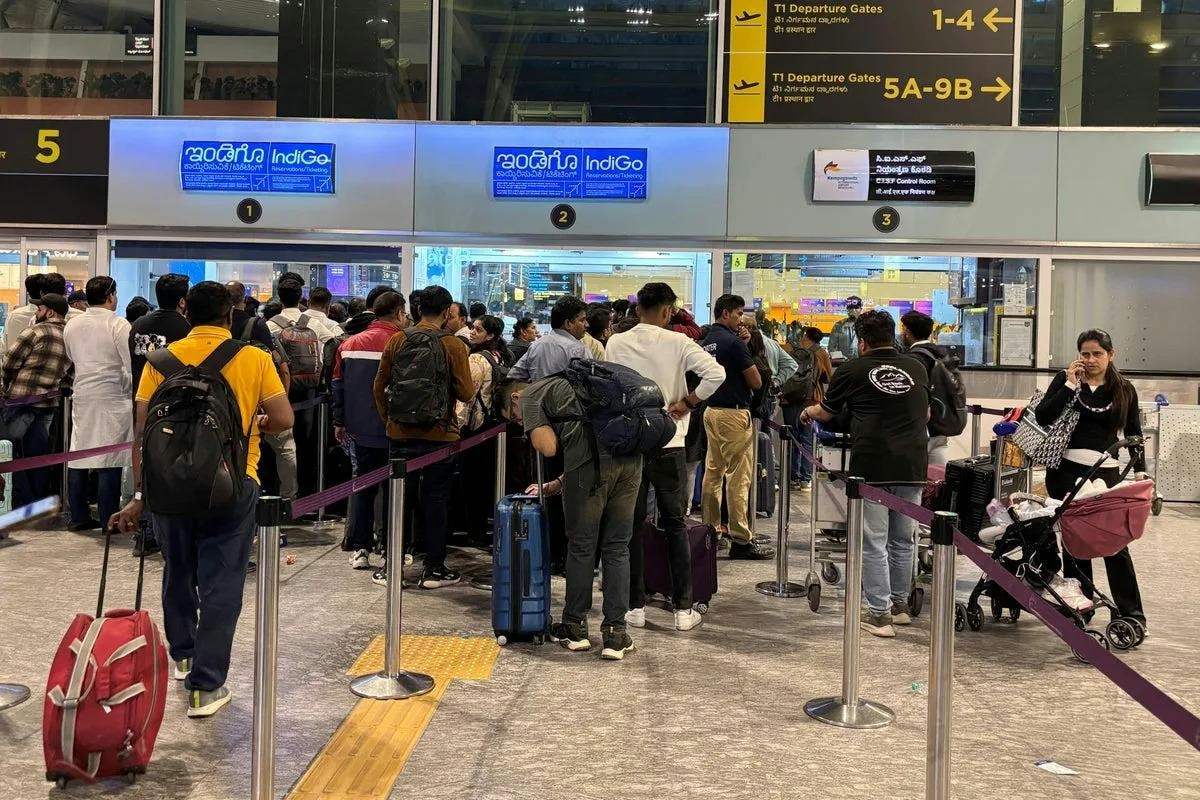
AeroGenie: il tuo copilota intelligente.
Tendenze
Categories
Abra Group Orders 57 Airbus Jets and Launches ACMI Airline in Chile
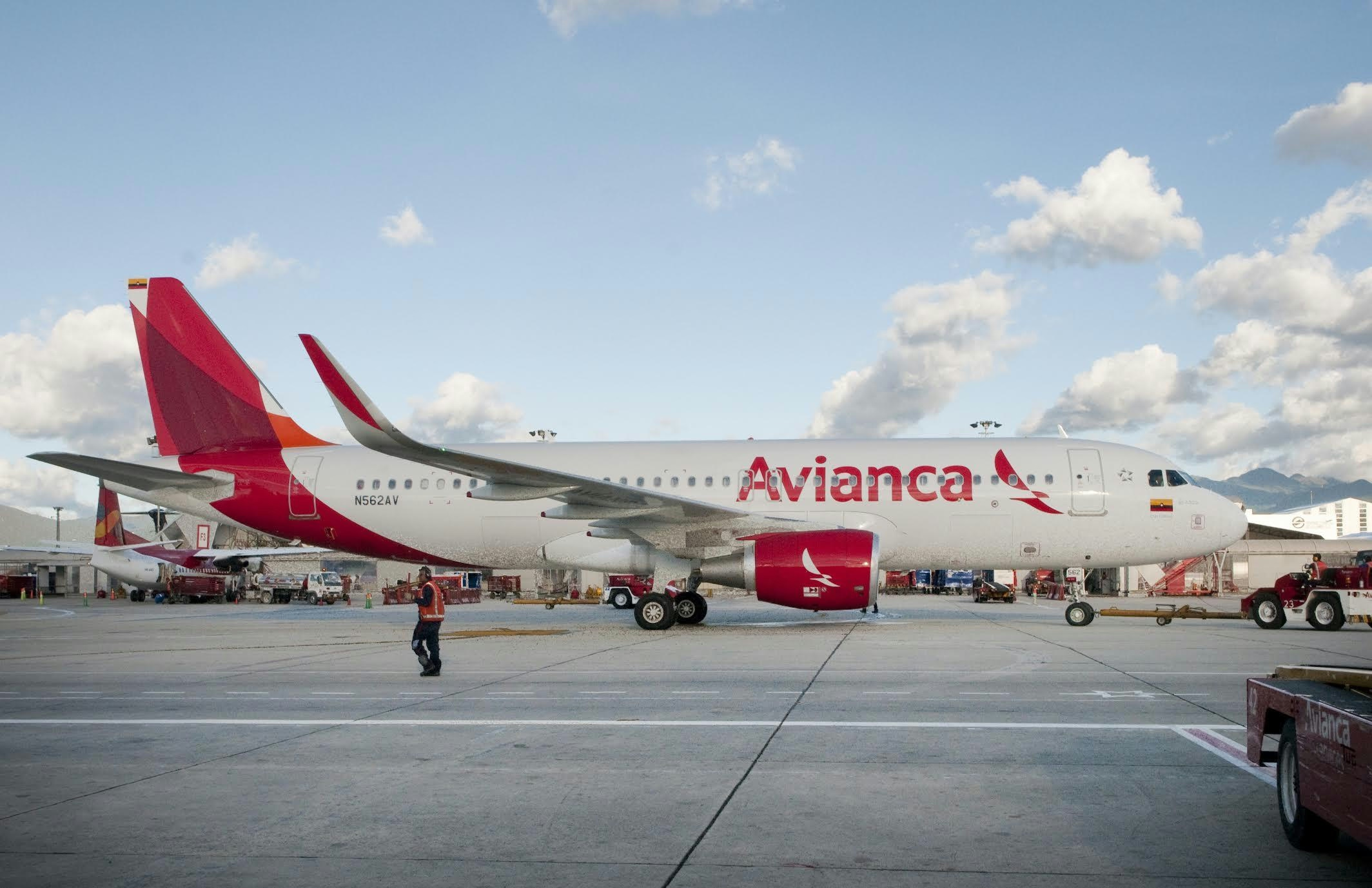
Abra Group Advances Fleet Expansion and Launches ACMI Airline in Chile
Abra Group, the parent company of Avianca and GOL, is undertaking a significant strategic initiative to strengthen its foothold in Latin America’s aviation market. The group has placed an order for 57 new Airbus aircraft, comprising 50 A320neo narrow-body jets and up to seven A330neo wide-body planes. Concurrently, Abra is establishing a new ACMI (Aircraft, Crew, Maintenance, and Insurance) and charter airline in Chile, operating under the name NG Servicios Aéreos.
Fleet Modernization and Capacity Growth
The recent Airbus order represents a major milestone in Abra Group’s ongoing efforts to modernize its fleet and expand capacity. The addition of 50 A320neo aircraft increases the group’s pending deliveries for this model to 138 units through 2032. These jets, integral to Avianca’s fleet renewal strategy, are scheduled to begin arriving in late 2025. They will feature Airbus’s latest Airspace cabin design, which includes larger overhead bins and a premium three-row, 2-2 seating configuration developed by Recaro.
In addition to the narrow-body expansion, Abra has secured agreements for up to seven A330neo wide-body aircraft. These complement a previous order for five A350-900s, collectively enhancing the group’s operational flexibility on medium and long-haul routes. The A330neo offers a 14% improvement in fuel efficiency per seat compared to its predecessor, aligning with the group’s commitment to sustainability and cost reduction.
Adrian Neuhauser, CEO of Abra Group, emphasized the significance of these investments, stating, “With these investments, we reaffirm our commitment to expanding access to air travel for millions.” Including GOL’s 96 pending Boeing 737 MAX aircraft, the group’s narrow-body backlog now totals 234 jets, while the wide-body order book reaches up to twelve aircraft.
Strategic Entry into Chile’s ACMI Market
In a strategic move, Abra Group is pursuing an Air Operator Certificate in Chile for NG Servicios Aéreos, a new subsidiary dedicated to ACMI and charter operations rather than scheduled passenger services. This initiative was signaled by the recent registration of a GOL Boeing 737-800 in Chile, indicating the group’s intent to capitalize on the country’s favorable regulatory and economic conditions.
Chile’s “Open Skies” policy, combined with significantly lower indirect labor costs—expected to remain capped at 8.5% by 2033 compared to nearly 40% in Brazil—provides a competitive operational environment. NG Servicios Aéreos will offer flexible aircraft and crew solutions to Abra’s airlines and third-party operators, enabling the group to efficiently manage seasonal demand fluctuations, operational disruptions, and route experimentation with reduced financial exposure.
Market Dynamics and Competitive Impact
Abra Group’s expansion strategy follows the recent collapse of merger discussions with Brazilian carrier Azul, a development poised to influence competitive dynamics within Brazil’s airline industry. While GOL, under Abra’s stewardship, maintains a dominant position, Azul is likely to pursue strategic responses to safeguard its market share.
The group’s preference for Airbus in this substantial fleet renewal reflects a broader industry trend. The Airbus A320 family has recently overtaken the Boeing 737 in deliveries, underscoring a shift in market preference toward Airbus’s versatile aircraft models.
As Abra Group advances its regional ambitions through fleet modernization and operational innovation, its latest initiatives are expected to shape the competitive landscape and future trajectory of Latin American aviation.
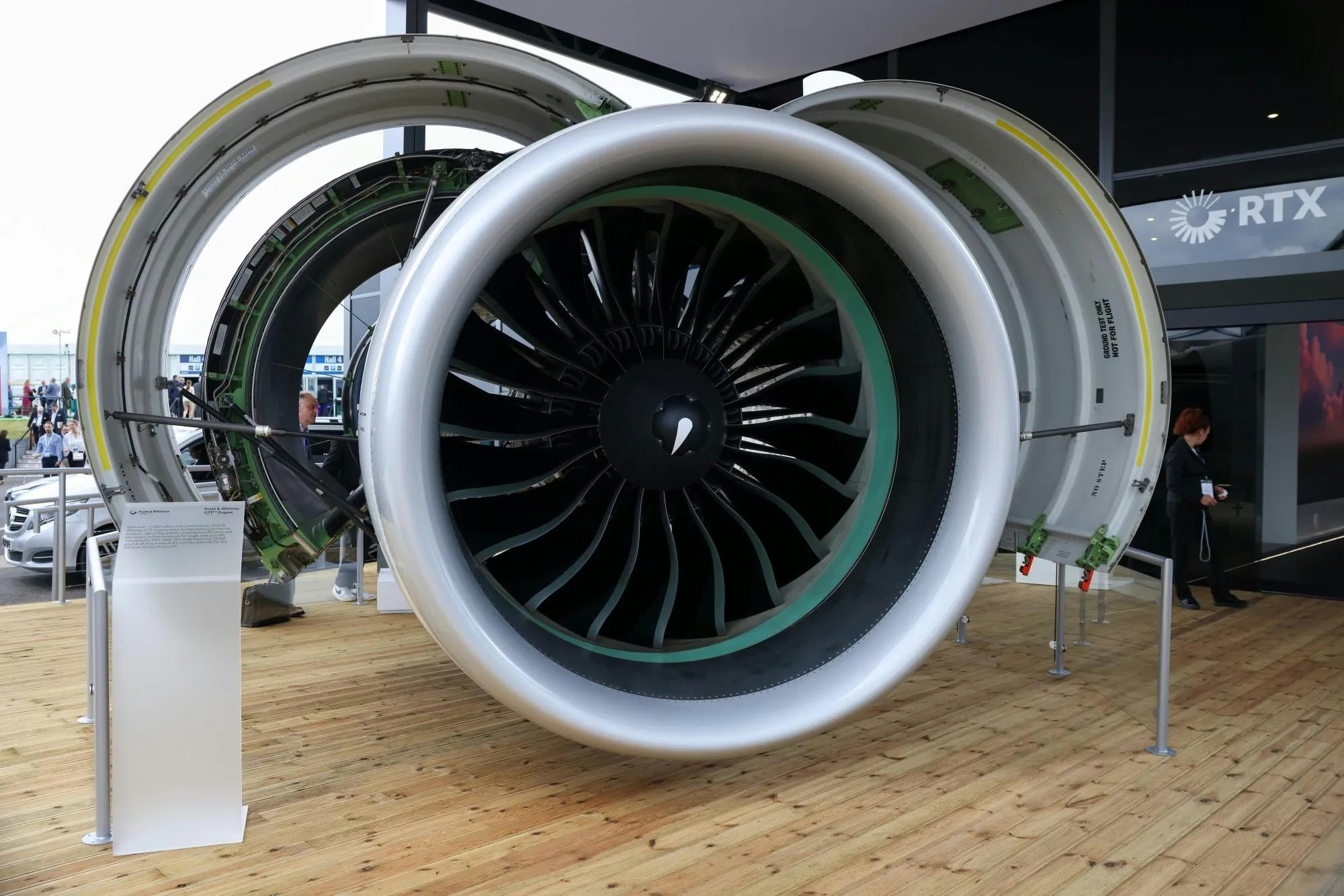
Spirit Signs Agreement with Pratt & Whitney Units on Aircraft Engines

ADB SAFEGATE Receives Industry Awards for Marketing, R&D, and Social Impact

GA Telesis Secures Five-Year Landing Gear Overhaul Agreement with Major U.S. Carrier

Government Strengthens Aviation Safety Framework Amid AI-171 Investigation

NASA Software Raises Bar for Aircraft Icing Research
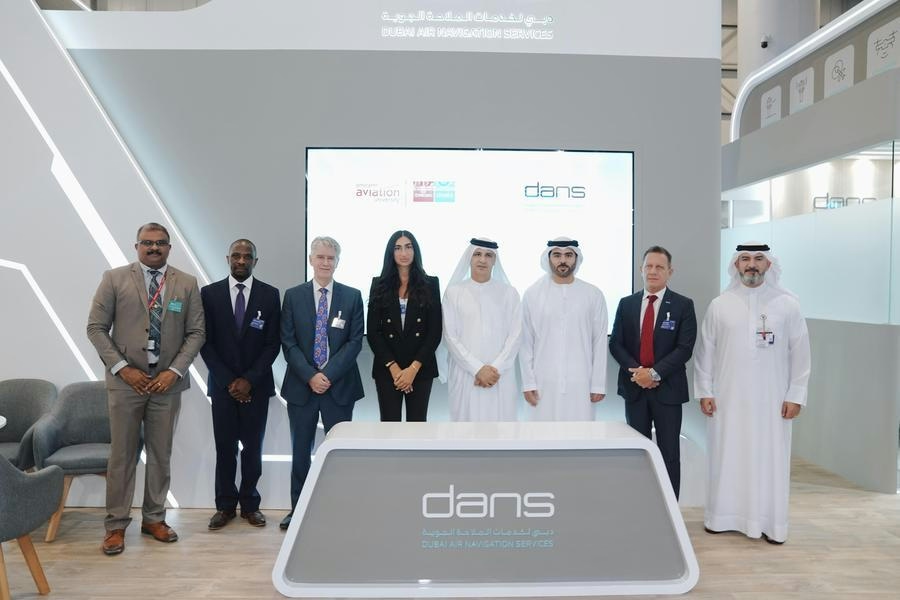
Dans and Emirates Aviation University Partner on AI Air Traffic Management Research
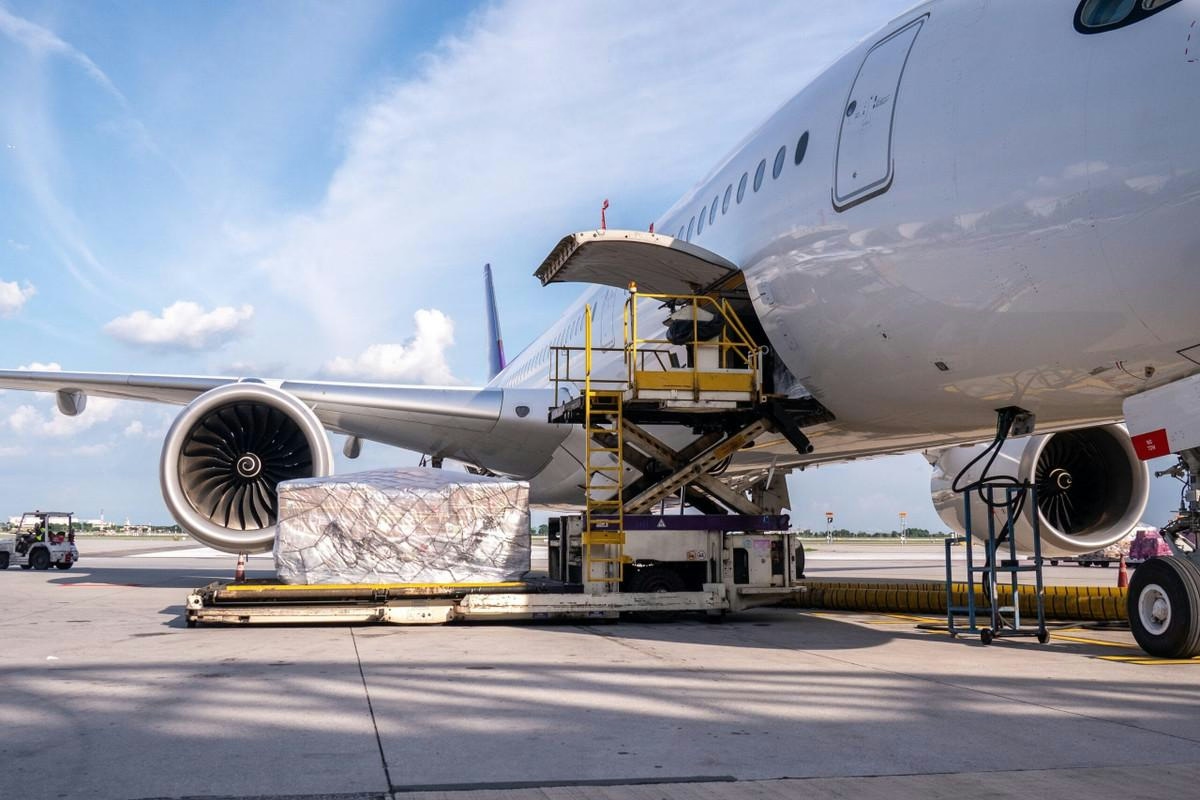
Nigus and AXISCADES to Develop Nigeria’s First Major Aviation MRO Hub
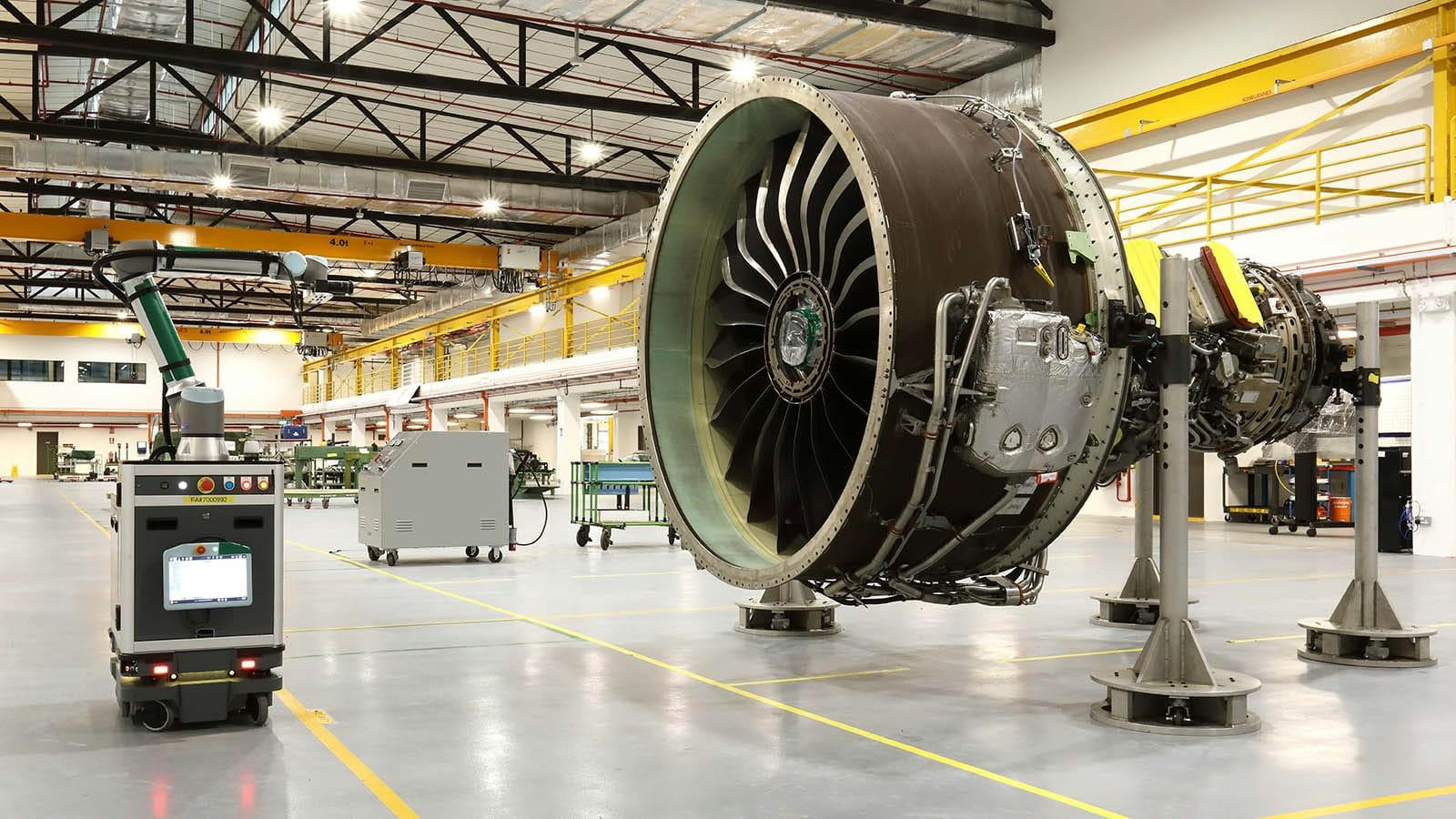
Commission Unveils Industrial Strategy for Aviation Sector

Congressional Committee Expresses Bipartisan Support for Advanced Air Mobility
